-----Original Message-----
From: Matt Taibbi <taibbi@substack.com>
To: add1dda@aol.com
Sent: Fri, May 19, 2023 9:03 am
Subject: A Century of Censorship
A Century of Censorship 



From: Matt Taibbi <taibbi@substack.com>
To: add1dda@aol.com
Sent: Fri, May 19, 2023 9:03 am
Subject: A Century of Censorship
A Century of CensorshipMatt Farwell's painstaking timeline of over a hundred years of American information suppression, secret bureaucracies, and "anti-disinformation" scaresThe turn of the last century brought an age of revolutions, industrial warfare and nearly instantaneous communications across long distances. With these developments came an emphasis on another method of war: information war. This was the type of fight waged with what World War II Deputy Director of the Office of Censorship, Theodore F. Koop, called "Silent Weapons," in a wartime memoir he published in 1946. Wrote Koop:
Koop would go on to run CBS News in Washington, DC. Well-known as a powerful media figure, he was also a trusted one, the man who hired Walter Cronkite. Less well-known was that in 1955, President Dwight D. Eisenhower asked him to run a secret national censorship program intended for use in Cold War emergencies. He accepted the offer while still a network news executive, serving in that contingency role under Eisenhower, Kennedy, Johnson and Nixon. The methods of censorship had changed over time, matching changes in the communication technology. During World War I, the United States Government used the Postal Service, the Comstock laws and the reliance on publications reaching subscribers by mail as a wedge. When radio and television broadcasts became pre-eminent, the newly formed Federal Communications Commission began using its authority as stewards of the public airwaves to watch over content. Under the FCC Act of 1934, ostensibly private corporations like CBS, ABC and NBC were allowed to use the public airwaves only under license, acquiring revenue and learning the power of shaping the discourse from the nascent field of advertising. Though it all, one thing has been remarkably consistent. Government targeted for special attention journalists who reported accurately on the ugly truth of American foreign policy, such as John W. Powell. Powell was an American journalist based in Shanghai who wrote a series of articles for the China Monthly Review (later, the Weekly Review), which said the Chinese government claimed the United States was using biological weapons in the Korean War. He was put on trial for sedition in 1959. The case dragged on in federal court in San Francisco for five years before the charges were dropped. It was enough to make him leave journalism forever. The impulse to use censorship, and call all information that doesn't square with the official narrative "disinformation," is a bipartisan impulse, at least historically. Both Republican and Democratic administrations during the Global War on Terror sought to expand and refine the power of what we now call the Censorship-Industrial Complex. The latter was built, piece by piece, over a century of legislation, executive action, and regulation. A little less than a century after the passage of the Espionage Act, Barack Obama's administration used it aggressively to target leakers. By that time, computers, the internet, and social media were all new platforms for communication and ripe targets for information suppression. In an era where cultural memory is short and resources for learning about the inconvenient past are becoming more scarce, it's useful to look at this century-plus progression in chronological order. A CENTURY OF CENSORSHIP June 15, 1917: As the United States enters World War I, the Espionage Act of 1917 is enacted by Congress and signed into law by President Woodrow Wilson, the first academic to become President, prohibiting "obtaining information, recording pictures, or copying descriptions of any information relating to the national defense with intent or reason to believe that the information may be used for the injury of the United States or to the advantage of any foreign nation." The Act also made obstructing enlistment in the armed forces or causing insubordination or disloyalty in military or naval forces an illegal act. Wilson's administration also decided that any publications violating the act were "non-mailable matter," and this rationale was used to suppress dissenting views by aggressively enforcing the postal codes so no subversive publications could reach their subscribers. At least 74 newspapers were denied mailing permits at this time. May 16, 1918: The Sedition Act of 1918 extended the Espionage Act of 1917 to cover more offenses, making it a crime to:
As the Free Speech Center at Middle Tennessee State University notes, "The targets of prosecution under the Sedition Act were typically individuals who opposed the war effort, including pacifists, anarchists, and socialists." December 13, 1920: The Sedition Act is repealed. According the FBI's own historical timeline, "President Roosevelt called Director Hoover to a morning meeting to discuss his concerns about subversive activity in the United States. He asked Hoover to report on the activities of Nazi and communist groups. The FBI made these investigations at the request of the Secretary of State for the President." In 1939, according to the same document, Roosevelt formally assigned responsibility for investigating "espionage, sabotage, and other subversive activities" to a series of agencies and departments, including the "FBI, the Military Intelligence Division of the War Department (MID), and the Office of Naval Intelligence (ONI)." Created as part of a special investigative committee, and reorganized from previous incarnations as the Fish Committee and the McCormack-Dickstein Committee, HUAC had license to "investigate alleged disloyalty and subversive activities on the part of America's private citizens, public employees, and those organizations suspected of having Communist ties." Because of its investigations of prominent intellectuals, entertainers, and politicians, HUAC is one of the few bodies on this list that has become a fixture in American pop culture, featured in movies like The Front and Trumbo. June 9, 1938: The Foreign Agents Registration Act (FARA) is enacted by Congress and signed into law by President Franklin Roosevelt. June 29, 1940: The Alien Registration Act, a.k.a. the Smith Act, is enacted, setting criminal penalties for advocating the overthrow of the U.S. government by violence or force, requiring all non-citizen adult residents to register with the government. Hundreds of communists in America would later be tried under this act. 1940-43?: FBI begins to liaise with an NSA predecessor agency, the U.S. Signals Intelligence Service, which in 1943 was re-named the Signal Security Agency, later became the Army Security Agency, and eventually was absorbed into the NSA. Again according to the FBI's own internal timeline, the Bureau sometime before 1947, when the NSA would be formed, began a working relationship with the Signals Intelligence Service. This association would bear fruit in the late forties:
July/August 1940: Captain John V. Grombach publishes "The Invisible Weapon" in the United States Army's Infantry Journal on the covert applications of radio technology in warfare and espionage. Previewing ideas that would become popular in the future, Grobach wrote of mass communication as a weapon:
December 19, 1941: Twelve Days after the Japanese attack on Pearl Harbor, President Franklin D. Roosevelt issues Executive Order 8985, Establishing the Office of Censorship under the War Powers Act. February 16, 1942: U.S. Army intelligence creates a secret spying outfit called "The Pond," to compete with and spy on the newly commissioned Office of Strategic Services. The aforementioned Grombach is selected to direct the new organization, which operates primarily through commercial cover enterprises like insurance agencies. April 14, 1942: The Second Class Mail permit for Social Justice, a weekly newspaper founded by fascist and anti-semitic radio personality Father Charles E. Coughlin, was suspended by Postmaster General Frank Walker on the recommendation of Attorney General Francis Biddle. "Social Justice reproduces, in this country," Biddle said, "the lines of the enemy propaganda war being waged against this country from abroad. The Espionage Act of 1917 is designed to defeat this attack." February 1, 1943: The VENONA Project, a secret high level code-breaking program run by the Army and later the National Security Agency in cooperation with FBI, commences. It is kept secret from the President by the Army Chief of Staff, Omar Bradley. 1946: The Assistant Director of the Office of Censorship, Theodore F. Koop, publishes Weapon of Silence: Secrets, Censors, and Spies. In it, he notes that then-Director of the Office Byron Price's "assurance that press and radio were reverting to peacetime freedom" had proved to be premature." Focused now on clamping down on discussion of the development of the atomic bomb, the department issued a manifesto:
Koop wrote, "The censors' shears were bayonets that not only formed a rear-guard national defense but also struck hard at the enemy in all three phases of warfare—military, economic, and psychological." Then, in a mildly chilling preview of what was to come, he added:
August 1946: Congress passes the Atomic Energy Act. Henceforth, the FBI is responsible for investigating the backgrounds of persons who were to access restricted nuclear data and for investigation of criminal violations of this act. January 1, 1947: the civilian Atomic Energy Commission takes over Manhattan Project operations. One result is a decision to "keep information on the plutonium injections secret," for reasons not pegged to national security, but "public relations and legal liability concerns." March 21, 1947: President Harry S Truman issues Executive Order 9835, a.k.a. "Prescribing Procedures for the Administration of an Employees Loyalty Program in the Executive Branch of the Government." A key provision of the latest loyalty-oath scheme is the creation of a Central Master Index:
Another key provision is the formation of a "Loyalty Review Board," under which the Department of Justice would "furnich" the names of "each foreign or domestic organization, association, movement, group or combination of persons which the Attorney General, after appropriate investigation and determination, designates as totalitarian, fascist, communist or subversive." Truman's own administration would eventually be targeted by his bureaucratic creation. The DOJ was also responsible for supplying names of people identified as "having adopted a policy of advocating or approving the commission of acts of force or violence to deny others their rights under the Constitution of the United States," or as "seeking to alter the form of government of the United States by unconstitutional means." July 26, 1947: The National Security Act of 1947 is signed into law by President Harry S Truman. Among other things, the Act establishes the United States Air Force as a separate branch of the military, and the Central Intelligence Agency as a separate government entity, under the executive branch. January 27, 1948: The US Information and Educational Exchange Act of 1948, better known as the Smith-Mundt Act, is passed. The Act is designed to regulate the broadcasts of propaganda to foreign audiences under State Department guidance, while prohibiting that same propaganda on domestic broadcasts. The ban on domestic propaganda would be repealed in 2013. June 18, 1948: President Harry Truman approves "NSC 10/2," which creates the Office of Special Projects, the brainchild of George Kennan, director of State Department's Policy Planning Staff and author of the famed "Long Telegram," considered a foundational document establishing decades of Cold War policy. The office name is later changed to Office of Policy Coordination and Frank Wisner is chosen as the Director. This Office, staffed mostly by OSS veterans, will be the center covert branch of American political action, until it is incorporated into CIA. 1950s: The Term "Disinformation" begins to be widely used in American and British circles, formed on the pattern of Russian dezinformatsiya. February 9, 1950: Senator Joe McCarthy of Wisconsin gives his infamous "Communists in Government Service" speech. In a Lincoln Day address to the Republican Women's Club of Wheeling, West Virginia, McCarthy produced a piece of paper and announced: April 1951: Truman establishes the Psychological Strategy Board. They will prove instrumental in funding the 1954 Hollywood Production of George Orwell's Animal Farm. January 10, 1953: Mary Dublin Keyserling, wife of former Truman economic adviser Leon Keyserling, is cleared after a Loyalty Review Board case was brought against her by McCarthy. January 22, 1953: Arthur Miller's The Crucible is published, one of what would become a long series of artistic/metaphorical commentaries on dangerously controversial topics. It's rumored that the character of Elizabeth Proctor is based in part on Mary Keyserling. Eisenhower explains:
Eisenhower complained of witnesses who invoked "Constitutional privilege against self-incrimination" and boasted his law would provide a new "means of breaking through the secrecy which is characteristic of traitors, spies and saboteurs." April 5, 1955: Koop, now Director of Washington News and Public Affairs for the Columbia Broadcasting System, writes President Eisenhower to say he's, "honored to accept the Censorship assignment measured in your letter of March 21. I greatly prize your confidence in me. I can assure you that I shall do my utmost to prepare for an eventuality which I hope will never arise. I would deem it a privilege to talk with you at your convenience, as you suggested."
June 26, 1958: The construction of DC-01, the first SAGE NETWORK (Semi-Automatic Ground Environment) building in the United States, is completed at Maguire Air Force Base in New York. The SAGE NETWORK would be a series of large computers and networking machines that coordinated data from Radar Sites to produce a single image of airspace. The funding and construction of the SAGE network cost more than the Manhattan Project, and was the backbone of American Air Defense networks until the 1980's. Connected by modems, telephones and fax machines, the SAGE NETWORK laid the groundwork for the ARPANET and Internet. January 26, 1959: American journalist John Powell is charged with sedition for a series of articles in the The China Monthly Review, where he wrote that the US military used biological warfare against North Korean and Chinese soldiers, incorporating lessons learned from Imperial Japan's Unit 731. The case would drag on for five years, the government would drop all charges, and Powell would be blackballed from American journalism forever. March 28, 1960: The current Special Envoy and Coordinator of the Global Engagement Center, U.S. Department of State's James Rubin, is born in New York City to Harvey Rubin, who would go on to be an executive at the Satra, the Soviet American Trade Corporation, and Judy Rubin, an art therapist who would make regular guest appearances on Mister Rogers' Neighborhood.  March 12, 1963: BROADCASTING MAGAZINE features an item in the "Closed Circuit" section about how the U.S. government is thinking of re-opening a World War II-style office of censorship, after the Cuban Missile Crisis. The item reads:
1965: Then-Director of Central Intelligence, Vice Admiral W.F. Raborn, who'd made his name in the Government by delivering the Polaris nuclear missile system three years early and under budget using the "program evaluation and review technique," writes a letter to Clark Clifford, then the head of the President's Foreign Intelligence Advisory Board, warning of a major foreign disinformation operation whose aim is the "destruction, break-up and neutralization of CIA:
Raborn writes that a purpose of the unit is to "sow distrust" and "create grounds for subversion and revolt against the U.S. in the Western Hemisphere and among the new nations of Africa and Asia… These purposes and objectives, it must be emphasized, have been established by the highest elements of Party and Government in the Soviet Union." April, 1967: Ramparts magazine reports that the National Student Association received funding from CIA. September, 1968: Following the Warsaw Pact invasion of Prague to suppress the Czech Spring, Major Ladislav Bittman, former deputy head of head of Czech Intelligence's Department 'D' for 'active measures,' (their Secret Service department in charge of "Black Propaganda and disinformation" defects to the United States by way of West Germany. Bittman later changed his name to Lawrence Martin and taught journalism at Boston University. He founded the "Program for the Study of Disinformation" in the mid 1980's, this is the first academic center in the US to focus on disinformation. December, 1968: The Stanford Research Institute (SRI) issues a report "A Study of Computer Network Design Parameters" to the Advanced Research Projects as part of the development of ARAPANET, the forerunner to the internet. June 30, 1971: In a 6-3 Ruling, the Supreme Court rules in favor of the New York Times in New York Times Co. v. United States, which allowed the newspaper to publish extracts from a purloined classified Pentagon history of the Vietnam war. The case is a landmark verdict on press freedom and the burden of government prior restraint. January 15, 1977: SATRA, The Soviet American Trading Company where Harvey Rubin is vice president, is awarded broadcast rights to the 1980 Moscow Olympics January 4, 1978: The ARPANET Completion Report is published, signaling the birth of the modern Internet. 1981: The Reagan administration founds the "Active Measures Working Group," an interagency detail led by Department of State official Mark Palmer. Shedding a years-long disinclination to discuss "disinformation" openly, the new group begins to publish papers "countering" Soviet propaganda and Soviet-tied rumors, beginning with a paper in 1981 purporting to debunk stories about U.S. responsibility for the the seizure of the Grand Mosque in Mecca, the killing of a Panamanian leader, and other tales. September 20, 1983: The Director of Central Intelligence, William Casey, briefs the House Permanent Select Committee on Intelligence:
Casey warns that "Soviet active measures" include "media manipulation" and "disinformation," as well as "agents of influence" and "other subversive activities." July 24, 1985: The CIA Delivers a report on its "Conference on Contemporary Soviet Propaganda and Disinformation," writing:
In another past example of media cooperation with intelligence goals, the former editor of Commentary Magazine and US Information Agency adviser Norman Podhoretz is mentioned. Podhoretz "delivered the keynote address to a CIA Dis-information conference," an address titled, "Causes of Western Vulnerability due to semantic manipulation." 1985: As a result of a series of high profile espionage arrests, 1985 is characterized in media as the "Year of the Spy." February 8, 1996: President Bill Clinton signs the Communications Decency Act of 1996, an attempt to regulate internet pornography. October 21, 1998: The Child Online Protection Act (COPA) is signed into law by President Bill Clinton. This is one of the earliest legislative efforts to regulate the transmission of web content:
October 26, 2001: Shortly after 9/11, President George Bush signs into law the "Strengthening America by Providing Appropriate Tools Required to Intercept and Obstruct Terrorism Act," a.k.a. the USA PATRIOT Act of 2001. This sweeping law would provide the foundation for a generation of essentially extralegal anti-terrorist interdiction, and would eventually serve as a template for other, broader efforts to regulate information and conduct surveillance. January 2002: The Pentagon Military Analyst program developed by Assistant Secretary of Defense for Public Affairs Victoria Clarke quietly launches "to spread the administration's talking points on Iraq by briefing retired commanders for network and cable television appearances," without disclosing their active Pentagon connections. Analysts were known as "message force multipliers." March, 2003: The Department of Defense begins a policy of "embedding" reporters within military units for the War in Iraq, provided the embedded reporters agree to ground rules and basic military censorship. March 9, 2006: President Bush signs the USA Patriot Improvement and Reauthorization act of 2005, in the East Room of the White House. House Speaker Dennis Hastert is present at the signing. The Act allows "Internet service providers to disclose customer records voluntarily to the government in emergencies involving an immediate risk of death or serious physical injury and permits victims of hacking crimes to request law enforcement assistance in monitoring trespassers on their computers." March 21, 2006: Jack Dorsey sends the first message on twitter at 9:50PM PST. "just setting up my twttr." The Non-Fungible Token (NFT) for that tweet will later sell for $2.9M. August 2, 2007: S-1959, the Violent Radicalization and Homegrown Terrorism Prevention Act of 2007 is introduced and defeated in the Senate, after passing the house as H.R. 1955 on April 2007. The Bill was Co-Sponsored by Rep. Bennie Thompson, who would later have a prominent role on the January 6 committee. An Opinion piece in SF Gate in 2008, "Rule by fear or rule by law?" by Lewis Seiler and Dan Hamburg, notes the following: Some media commentary wonders at a law that labels as terrorists people who "engage in sit-ins, civil disobedience, trespass, or any other crime in the name of animal rights" as terrorists. The ACLU, at the time still keenly interested in such issues, releases a statement saying:
January 4, 2011: Tunisian street vendor Tarek al-Tayeb Mohamed Bouazizi self-immolates in Ben Arous, Tunisia, after harassment by municipal officials. This will be seen as the inciting event of the Arab Spring, a series of social media fueled popular uprisings across the Middle East . September 27, 2011: Michael Furlong, a retired Army psyops colonel, resigns from his SES position in the Air Force after it comes to light that his "INFORMATION OPERATIONS CAPSTONE" program in Afghanistan is cover for a private spy ring operating in "The Grey Zone" of legality, especially since it was run since 2009 by pardoned Iran Contra conspirator and CIA legend Duane "Dewey" Clarridge March 2, 2012: USA Today, which later will become an enthusiastic partner of "anti-disinformation" operations, publishes "US 'info ops' programs dubious, costly":
May 18, 2012: My former colleague Michael Hastings publishes a piece in now-defunct Buzzfeed, titled, "Congressmen Seek to Lift Propaganda Ban: Propaganda that was supposed to target foreigners could now be aimed at Americans, reversing a longstanding policy." Hastings would prove prescient:
January 2, 2014: CNN'S Jake Tapper notes, accurately: "the Obama administration has used the Espionage Act to go after whistleblowers who leaked to journalists ... more than all previous administrations combined." November 16, 2018: President Donald Trump signs into law the "Cybersecurity and Infrastructure Security Agency Act of 2018" establishing CISA as a subagency within Department of Homeland Security with a multibillion dollar budget. November 17, 2020: Inaugural CISA Director Christopher Krebs is fired by President Trump via tweet for remarks he made about the security of the presidential election. May 18, 2022: The Department of Homeland Security's ill-fated "Disinformation Governance Board" is "paused" after just three weeks. Papers like the Washington Post blame "right-wing attacks" for its closure. Sept 08, 2022: The RAND Corporation publishes "INFORMATION WARFARE: Methods to Counter Disinformation" which advocates "developing counter-strategies and we specifically identify the concept of kill chains as a useful framework to assist in the disinformation challenge," essentially incorporating the assassination doctrine of JSOC in Iraq and Afghanistan to domestic publications. December 2, 2022: Twitter Files #1 is published, beginning a series of reports that will disclose wide-ranging "anti-disinformation" efforts under the Departments of State and Homeland Security, in addition to the FBI, the Office of the Director of National Intelligence, and an as-yet-undetermined number of civil society organizations. |
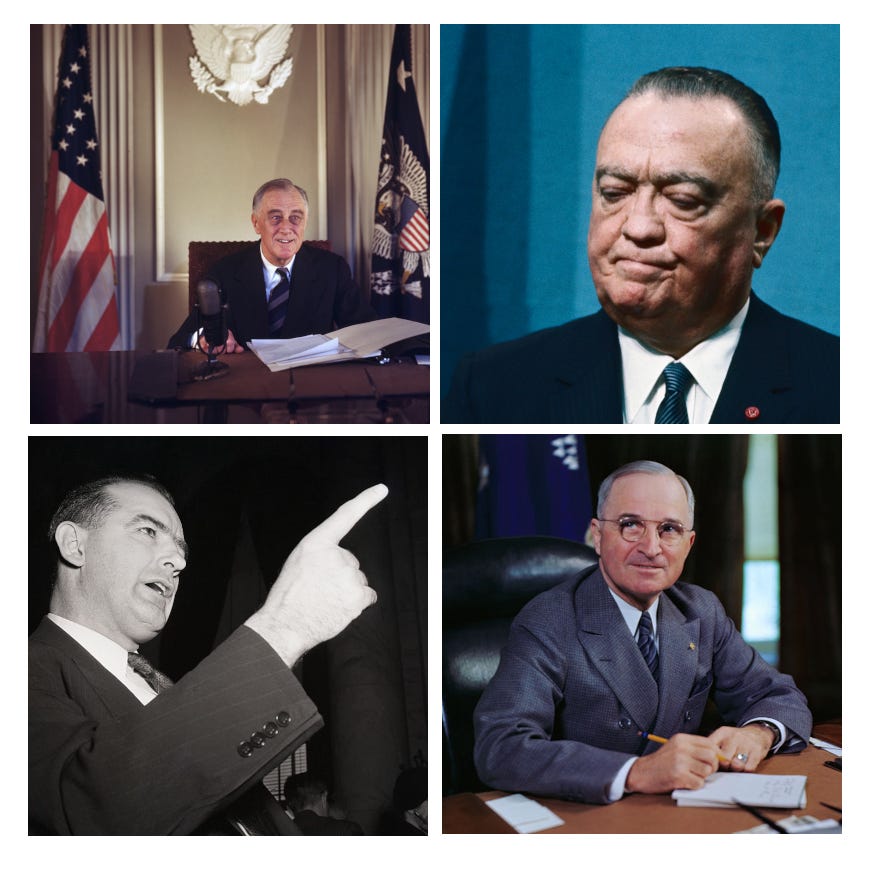

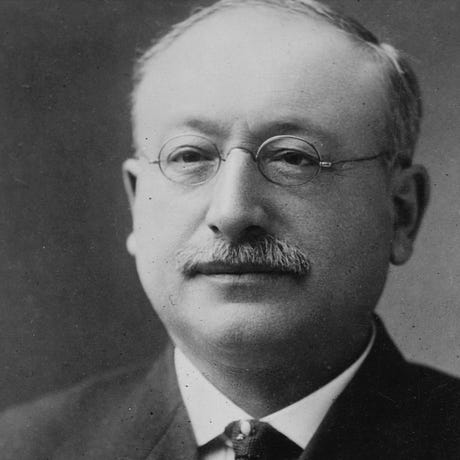

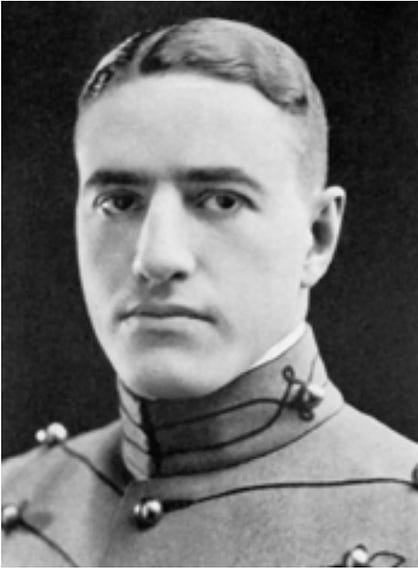
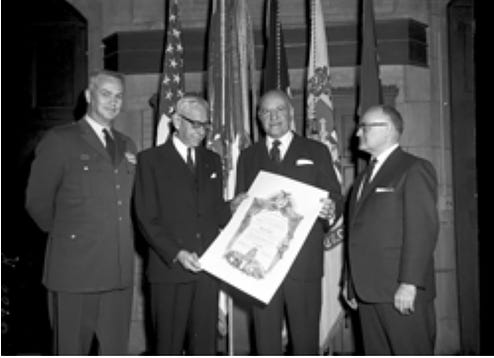
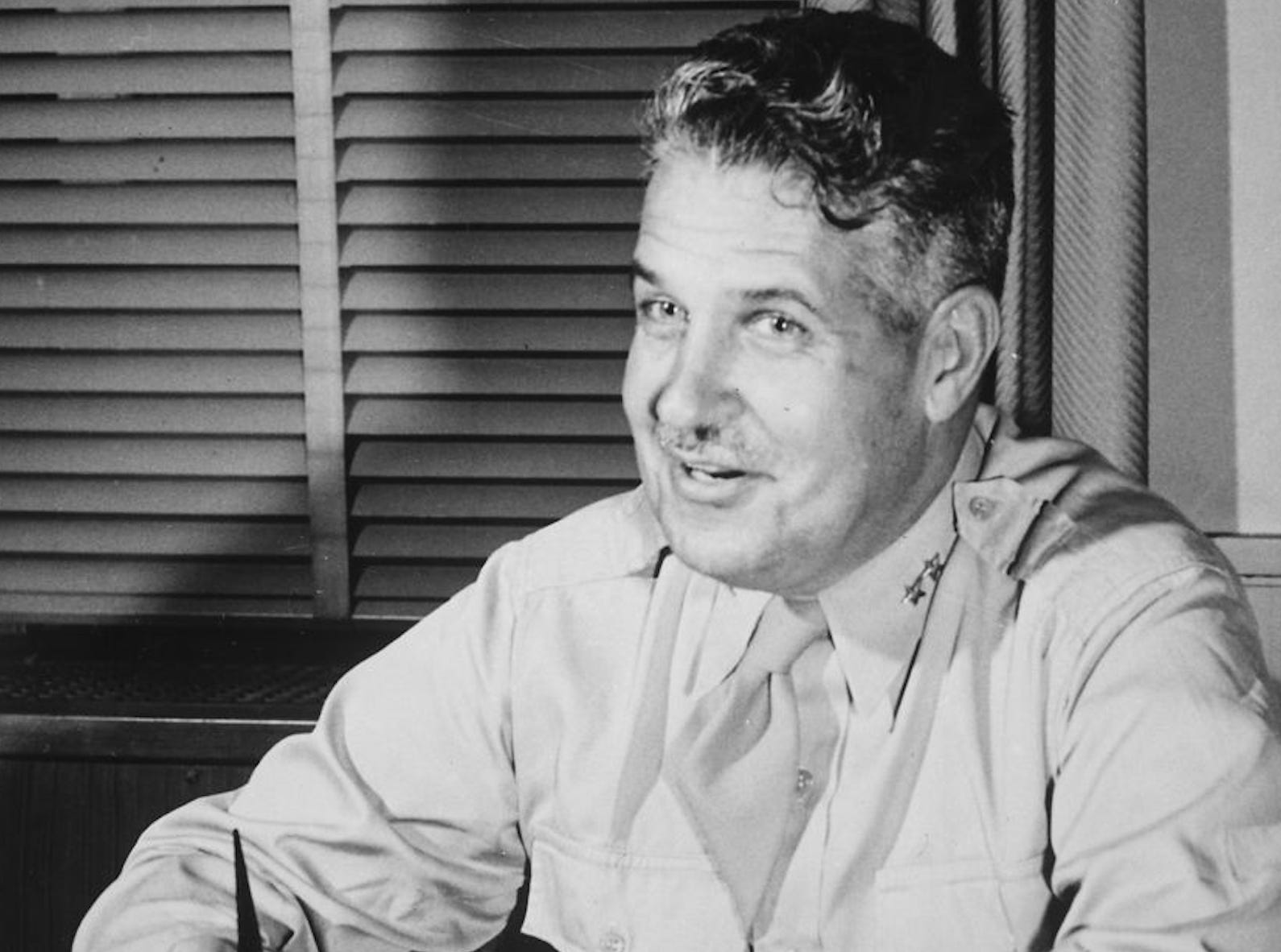
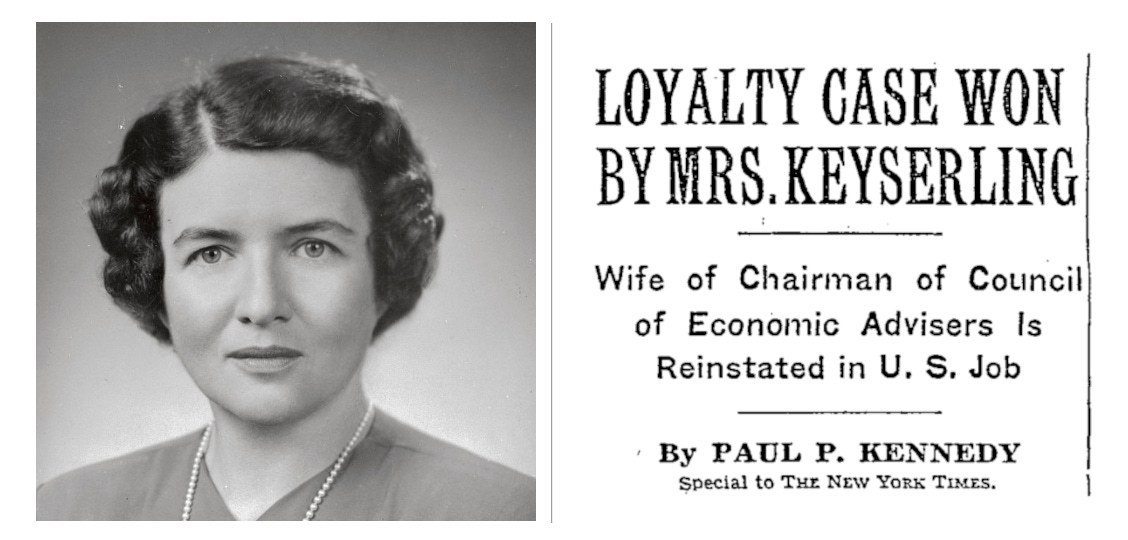
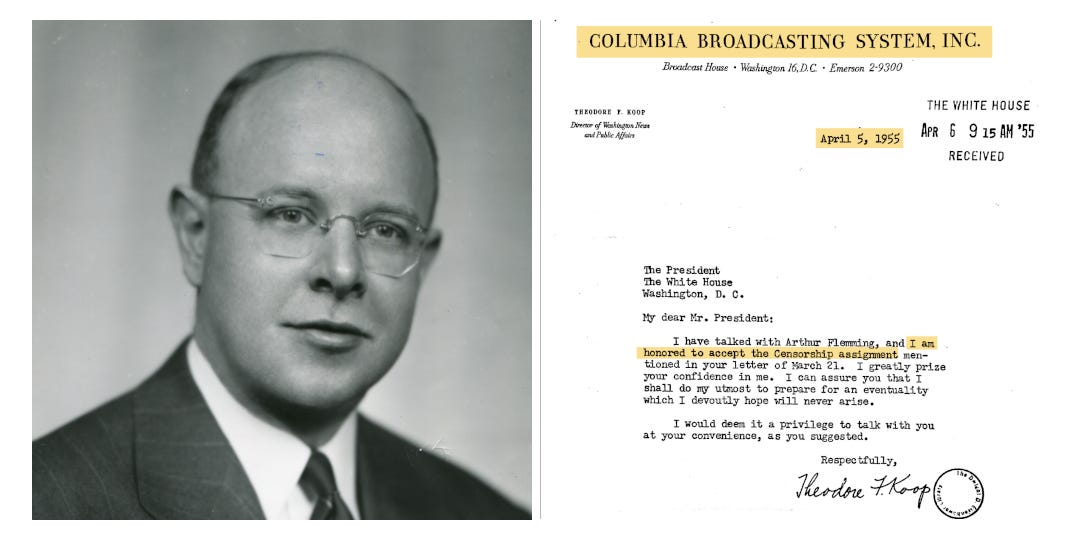
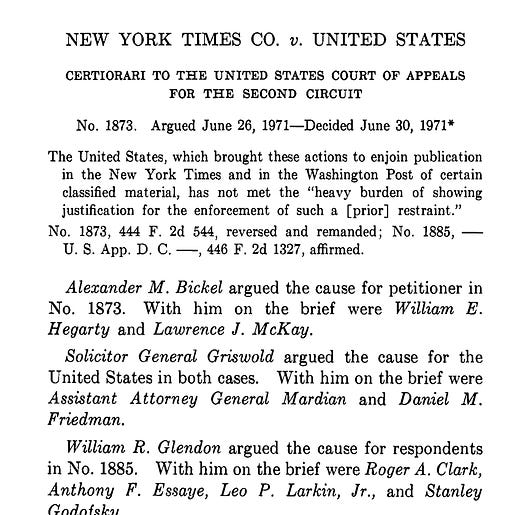
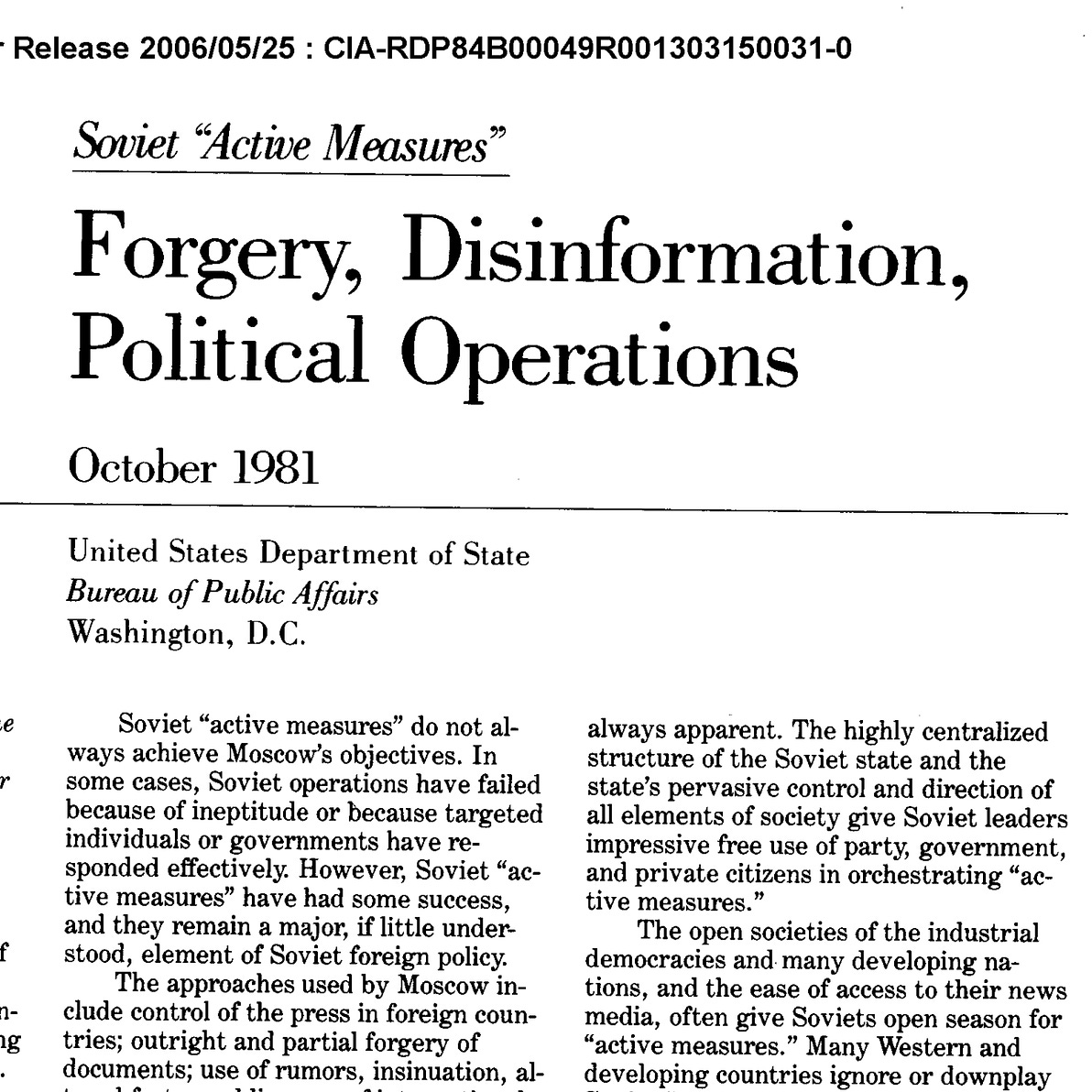
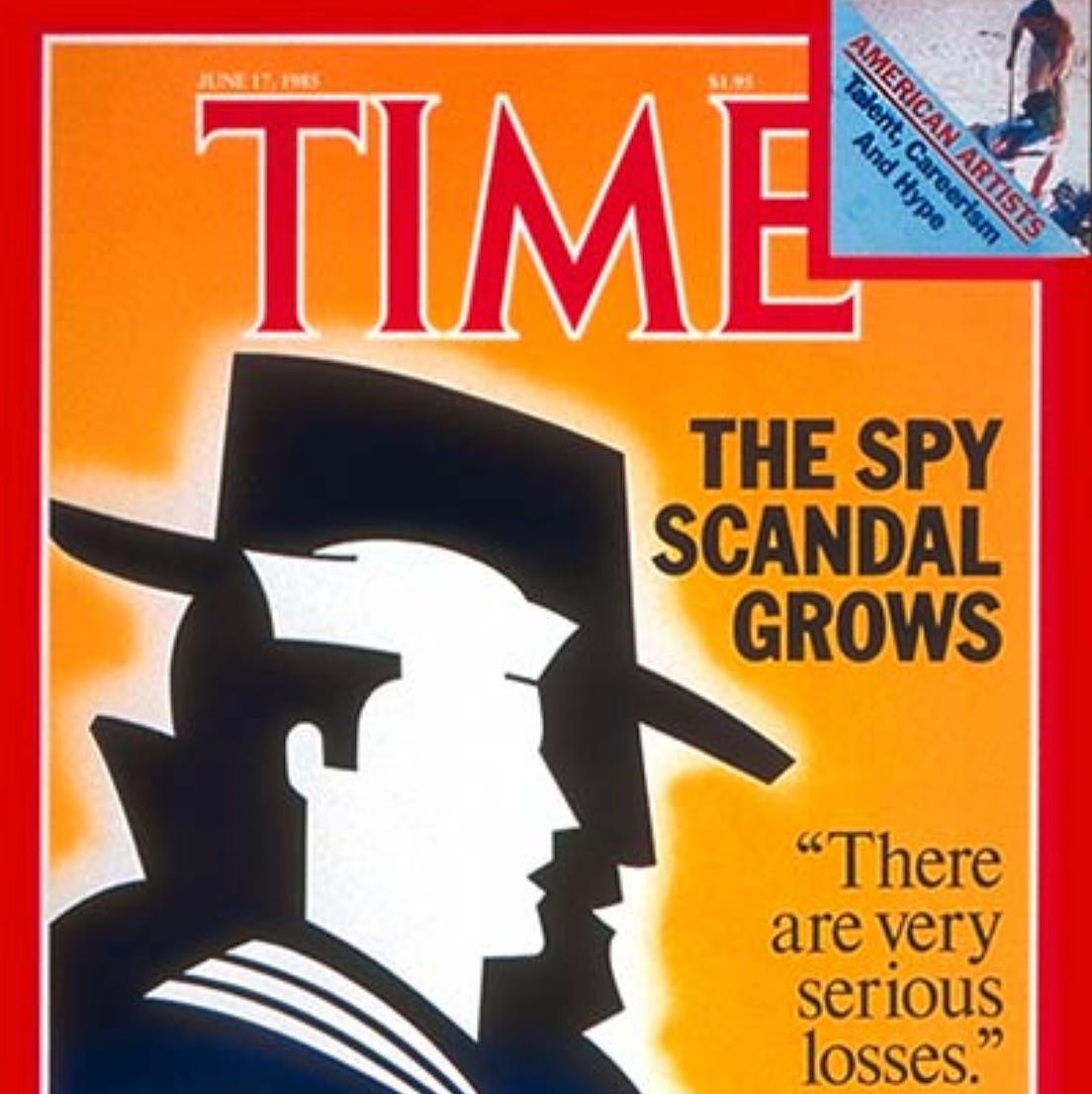

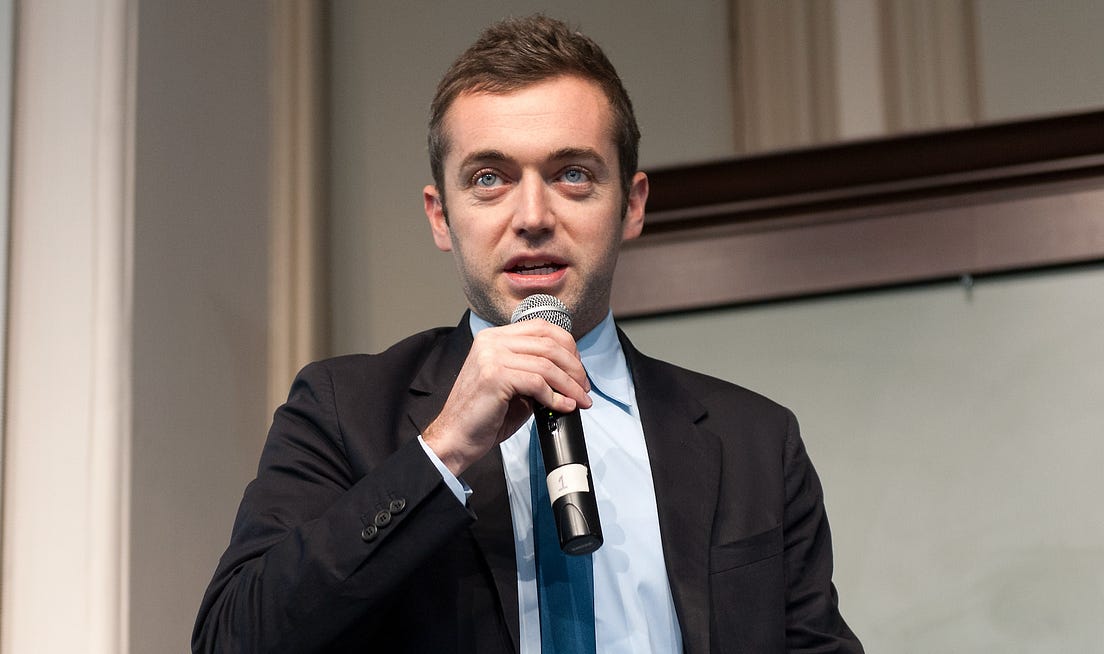
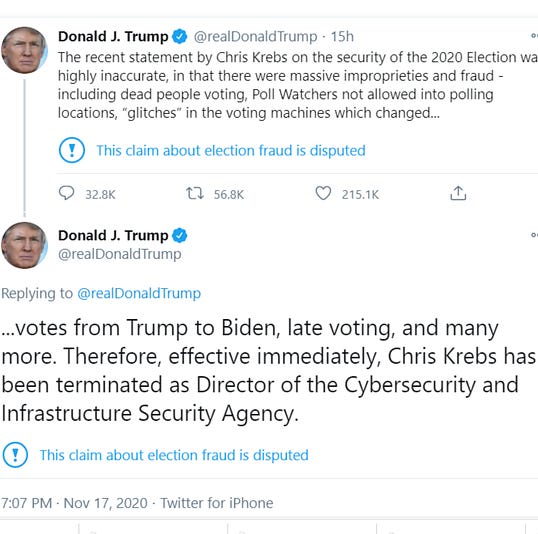



1 comment:
CENSORSHIP BY TERMINATION
Schembechler son resigns at Michigan after "offensive" social media content revealed(said slavery helped blacks).
Sun, May 21, 2023 at 5:45 p.m. EDT·1 min read
ANN ARBOR, Mich. (AP) — A son of longtime Michigan football coach Bo Schembechler has resigned from his position with the Wolverines, with the school saying it was aware of his social media activity that may have caused “pain” in the community.
Glenn “Shemy” Schembechler stepped down Saturday, just days after he had been hired as assistant director of recruiting on Jim Harbaugh's staff.
The Detroit News reported Saturday that Schembechler's Twitter feed contained posts and likes of offensive material, including some that suggested slavery and Jim Crow were positives to strengthen black individuals and families.
GRA:Ya CAN'TS say that,if your White, and keep your job--not if you're recruiting blacks to be on your teams,lol.On the other hand,blacks have actual free speech.
--GRA
Post a Comment